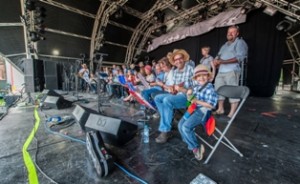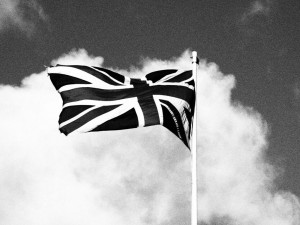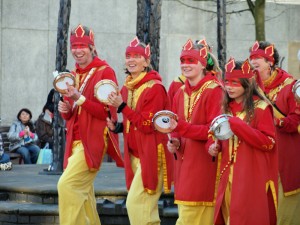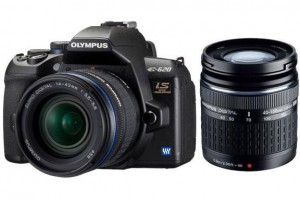
Here’s a website www.twukulele.com, for The Tunbridge Wells Ukulele Night Thing, I’ve built and there’s quite a story behind it.
It all started when I bought my toddler son a Ukulele. The scale of the Uke to the wee lad seemed a perfect match. Then, by chance, I bumped into Dave Kinder who was organising a Ukulele night in Royal Tunbridge Wells and he invited me along. Having never played guitar or uke before, I thought what the hell, I’ll give it a go.
After the first night, I was hooked and have been going ever since, and I’m not alone. The group has grown, such that we have even played in public on the Pantiles Bandstand and appeared on TV (Meridian Tonight – Southeast).
The idea of a website, was born out of the fact that whilst we have a Facebook Group page, not everyone in the group uses or wants to use Facebook. With the group growing in size, with songbooks, video clips and photos, it seemed the next step.
www.twukulele.com is a hobby site for me that is growing and proving a very exciting real life experiment. I am not only the web developer, but the customer too (no excluding the rest of the group). That gives me great freedom to experiment, in a controlled fashion, of course!
Powered by WordPress, I initially created a two column site for simple blog posts. As content and traffic grew, I’ve widened it to 3 columns, to give me more space near the top, for the stuff I want visitors to see.
I did make and early mistake, by adding a forum and discovered forums are dangerous, as empty forums look awful and give the impression no one visits your site. Since no conversations got going, I removed it. We now leave that to Facebook, email and good old fashioned conversation in person.
The group has given me the opportunity to experiment with my Olympus E620 camera too. It’s not easy photographing in a dimmly lit pub, especially when crammed full of ukulele players. Still I managed to get enough to justify populating galleries.
Next up came video and I decided we need a YouTube channel. Two reasons; firstly it’s saves on my web space and bandwidth (this is on a budget!), more more importantly, YouTube increases our exposure, driving traffic to the site and maybe new members to the group!
In line with that, I created a Twitter account for us and added a widget to the site listing recent tweets. Adding the Facebook group’s badge to the site, completes the loop (for now) and traffic is on the up 🙂
Songbooks are maintained in Google Docs to save having to upload every time we add to them.
Then there’s the Newsletter module too to help us keep followers and non Facebook members up to date with latest news.
I am making use of Google Analytics, Google Webmaster Tools and a Stats module for WordPress, to keep track of our progress. This is really interesting, see the effectiveness of Newsletters, Tweets and Videos.
The site is being followed by other Ukeulele groups, such that we’ve had a contingent from another group join us for a session, taking our record to 45 ukuleles at once!. We’re also seeing request to make appearences!
Who knows where this will go!
Please visit www.twukulele.com and let me know what you think – you may just find yourself joining us!
 It’s been quite a while since I’ve done much with this blog, but there’s a reason for that, and it’s the Ukulele.
It’s been quite a while since I’ve done much with this blog, but there’s a reason for that, and it’s the Ukulele.
 On Saturday February the 13th, residents of Tunbridge Wells celebrated the coming of the Chinese New Year – The Year of the Tiger! My family and I joined in too, with our own lnaterns and me with my camera, eager to use my new flashgun.
On Saturday February the 13th, residents of Tunbridge Wells celebrated the coming of the Chinese New Year – The Year of the Tiger! My family and I joined in too, with our own lnaterns and me with my camera, eager to use my new flashgun.
 That aside, the evening was great, ending up at
That aside, the evening was great, ending up at



